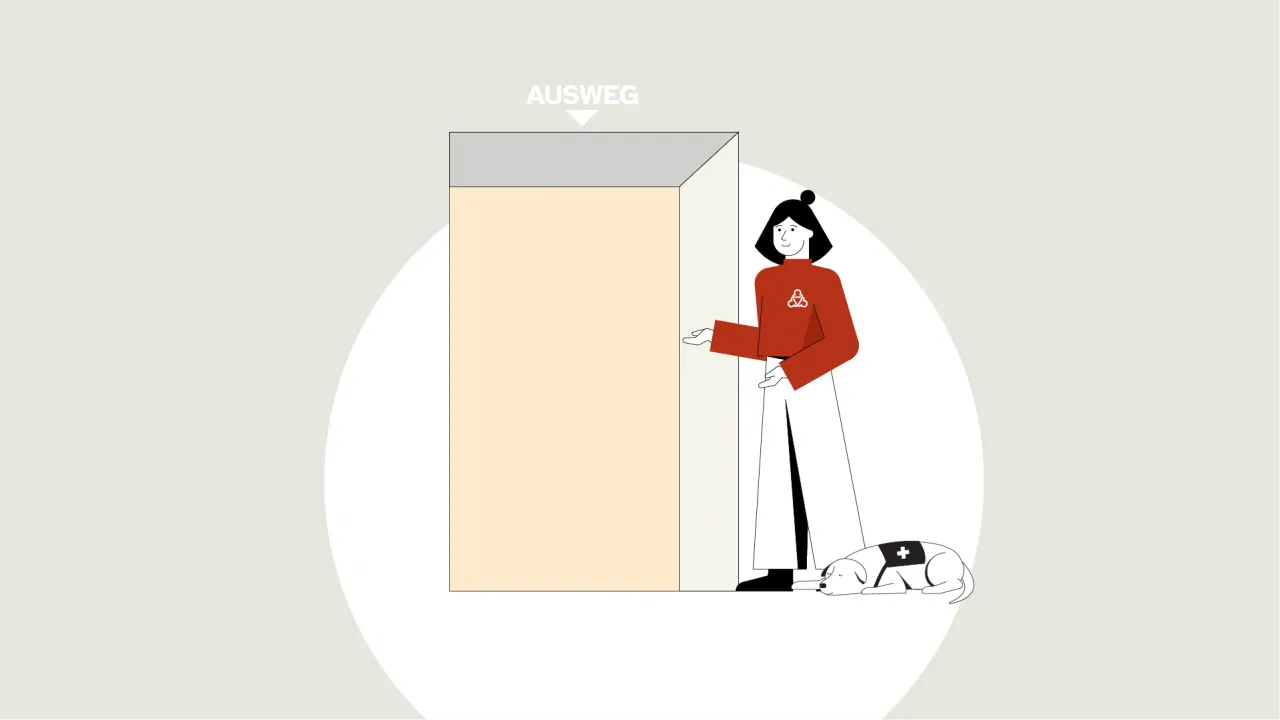Alcohol dependence is a recognized illness that occurs when a person is no longer able to control the consumption of alcohol in everyday life. Alcohol dependence usually develops over a longer period of time and is therefore often only recognized as a problem by those affected at a late stage. There is no precise medical definition of when exactly problematic alcohol consumption occurs. However, as soon as the consumption causes problems in everyday life and is noticed by family or friends, it makes sense to take action in any case.
In order to find out whether an alcohol dependency is present, the amount drunk, drinking behavior and downstream effects of alcohol consumption must be critically examined.
For "risky alcohol consumption", which can cause physical and psychological damage, there are limit values from the German Center for Addiction Issues (DHS) for orientation.
According to this, risky alcohol consumption occurs when
- Women drink more than 12 grams of pure alcohol per day. For comparison:
0.33 liters of beer (4.8 percent alcohol) corresponds to 13 grams of pure alcohol. - Men drink more than 24 grams of pure alcohol per day. For comparison: 0.5 liters of beer (4.8 percent alcohol) plus a 2 cl schnapps (33 percent alcohol) equals 25.5 grams of pure alcohol.
As a general rule, the DHS advises that alcohol should be avoided completely for at least two to three days a week.
Exceeding the above-mentioned limits is not yet a sign of alcohol dependence.
Alcohol dependence is only present if you have repeatedly experienced at least three of the following characteristics together within the last 12 months:
- A strong desire or a perceived compulsion to consume alcohol
- Difficulty controlling your alcohol consumption
- Physical withdrawal symptoms when abstaining from alcohol
- Proven tolerance: Increasing amounts of alcohol are needed to achieve the same effect.
- Increasing neglect of other interests in favor of drinking
- Continued alcohol consumption even though physical or psychological consequences have been clearly demonstrated.

